

Challenge the radio wave
utilization frontier beyond the border
of companies and nations.

Unraveling invisible radio wave
My department deals with “radio wave propagation,” studying how radio wave propagates or is affected by obstacles. We analyze the radio wave propagation troubles by using simulation technology and find measures to maintain stable radio wave propagation. Our main clients used to be cell-phone carriers but these days, owing to the progress of IoT, fields of clients have become diverse. Radio wave at present is a means of transmitting information but it can also become a means of delivering energy or electricity in the future. It is believed that the knowledge KKE accumulated on radio wave propagation will be more valuable. I also work with the Japanese delegation participating in a study group of ITU (International Telecommunication Union), which sets strict rules on frequency and output in using radio wave. Decisions by ITU are announced all over the world in the form of “ITU Recommendation," which is the textbook of radio wave utility and the benchmark for policymakers and radio engineers. My work, therefore, is universal and meaningful.
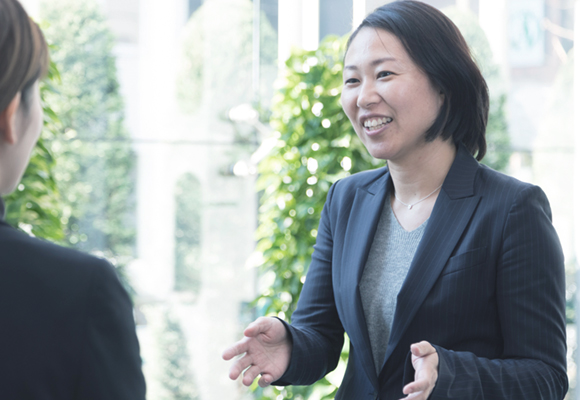
Contributing to the making of international standard
In KKE, as the department chief, I consider the policy of my department, make an executive plan and explain it to the department staff. I have reports and consultation from the team leaders on projects in progress and give clear directions. I sometimes pay a visit to a client who asks me for a consultation. Other necessary work of mine is to participate in exhibitions or academic conferences trying to be abreast of the latest technology or the trend in the industry. Working with ITU, I once chaired a small conference. As I was not so fluent in English, I wrote the script of all the lines that the chair had to say, read it many times before the day of the conference. I not only had to chair but also lead the discussion among participants from many countries, which was an unexpected matter, but thanks to the support of the Japanese delegation leader, I was successful in establishing the international standardization document, which sets a global standard.
My ordinary day
-
8:15 a.m.
Arrive at work, check e-mails and texting back (out of my office hour)
-
9:00 a.m.
Weekly meeting, Project meeting, etc.
-
12:00 noon
Lunch
-
1:00 p.m.
Respond to consultations from the department staff and from Sales Unit
-
2:00 p.m.
Organize materials on business performance
-
3:00 p.m.
Visit clients and members of academic conferences
-
5:15 p.m.
Leave office
An environment where you can grow and deepen your work
As the corporate philosophy says, “As an outstanding company that bridges academia and industrial worlds”, KKE has an atmosphere where you can participate in academic conferences or get in touch with professors relatively easily and learn a new technology or refine the existing technology through those opportunities. Everyone in KKE has technological books on his/her desk and learns through projects, and we respect with one another. Every year some of our staff study in doctoral course in graduate schools. I was also given the opportunity to study in doctoral course, which caused me to be awarded in an international conference and get the chance to work with ITU. I was able to expand my field of expertise as I was appointed an expert board member of Information and Communications Council, Information and Communications Technology Subcommittee, ITU Division, Radio Wave Propagation Board of the Ministry of Internal Affairs and Communications.
Staff Interviews
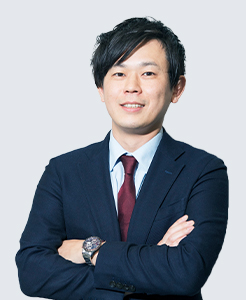
Disaster Preparedness
BIM Design
Stationed in Kumamoto, he travels around the country, pursuing architecture of the future.
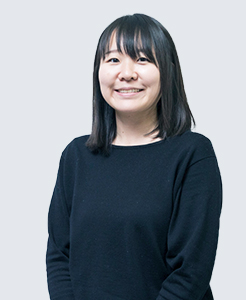
Design support for manufacturing industry
Promoting innovation of manufacturing industry with “Design Automation”

Telecommunication
Radio wave propagation
Challenge the radio wave utilization frontier beyond the border of companies and nations.
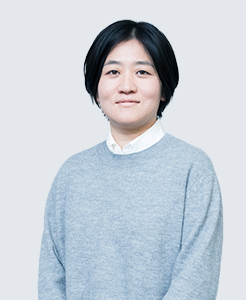
Disaster Preparedness
Creation of earthquake motion
Using fostered “earthquake motion” technology for a more critical mission.
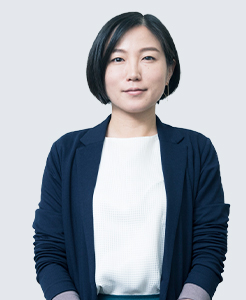
Cloud Service
Sells a global service supporting companies’ e-mail distribution
to the Japanese market.

Disaster Preparedness
Simulation of indoor damage
Contributes to social security and safety via technologies to protect people and facilities in buildings.
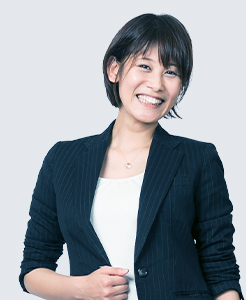
Disaster Preparedness
Seismic diagnosis, design for refurbishment
Increases buildings’ seismic capacities for longer and safer use.
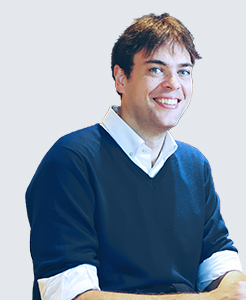
Disaster Preparedness
Structural design, Wind power facilities
Connects domestic and international companies and professionals to contribute to increasing wind power.
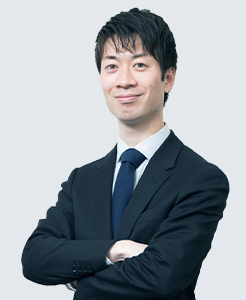
Indoor 3D map
While listening to the clients’ problems, contribute to productivity enhancement with the latest technology.



